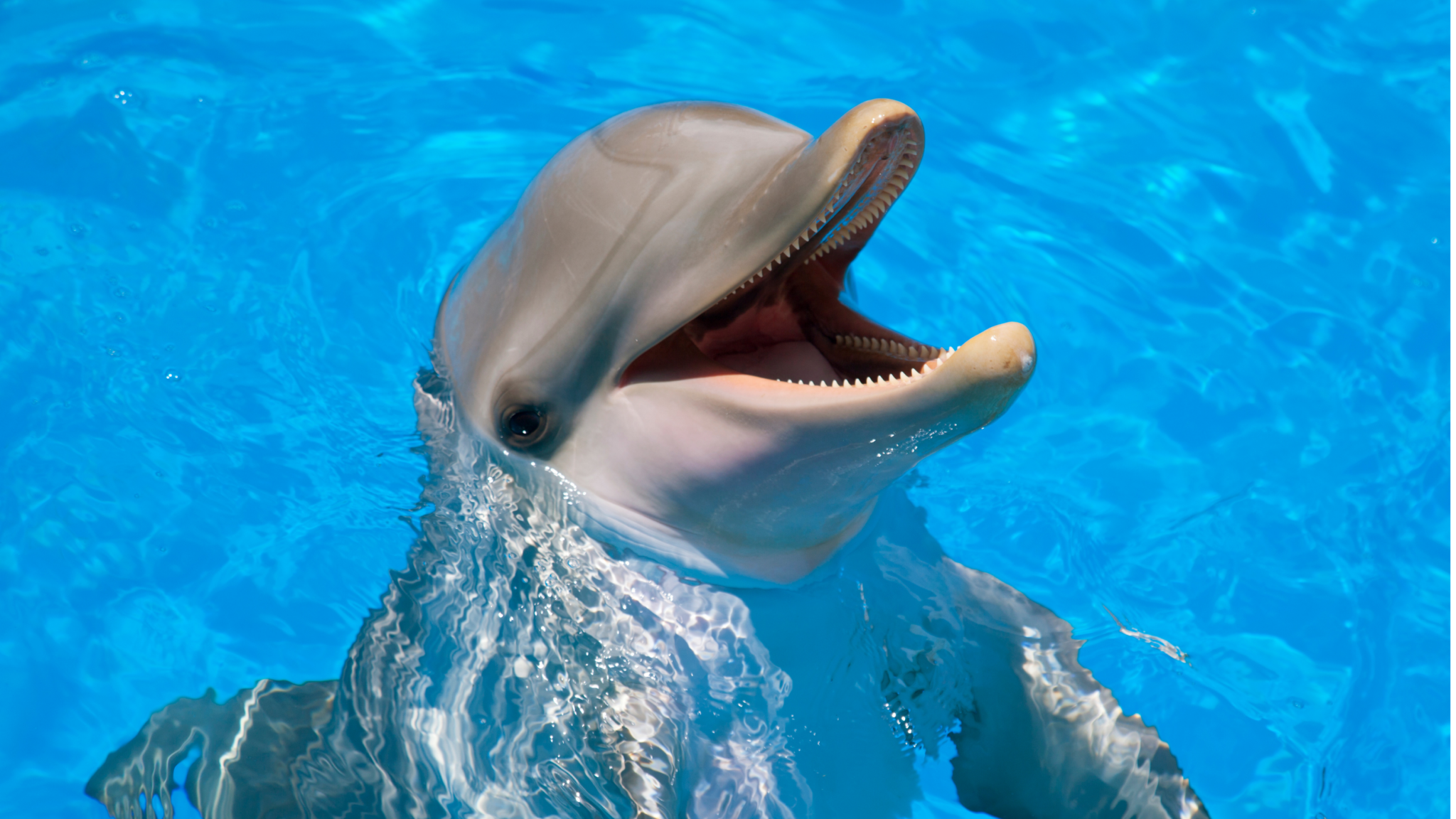Dolphins are fascinating creatures known for their intelligence and playful nature. One of the most intriguing aspects of these marine mammals is how long they can hold their breath underwater. Understanding this ability offers insight into their unique adaptations and lifestyles.
Dolphin Breathing Basics
Dolphins are mammals, which means they breathe air like humans. However, they are perfectly adapted to life in the water. Here are some key points about dolphin breathing:
- Blowholes: Dolphins have a blowhole on the top of their heads, allowing them to breathe without fully surfacing.
- Voluntary Breathing: Dolphins must consciously breathe; their brains control the blowhole.
- Breathing Frequency: A typical dolphin breathes every 30 seconds to 2 minutes.
How Long Can They Hold Their Breath?
On average, dolphins can hold their breath for:
- Common Bottlenose Dolphin: About 8 to 10 minutes
- Spinner Dolphin: Typically around 5 to 10 minutes, though they can occasionally dive longer when foraging.
- Orca (Killer Whale): Approximately 15 to 20 minutes
- Deep-diving Species (such as Risso’s Dolphin): Some can dive for over 20 minutes when hunting.
Factors Affecting Breath-Holding
Several factors influence how long a dolphin can stay underwater:
- Activity Level: Engaging in vigorous swimming or hunting may require more frequent surfacing.
- Health and Age: Younger, healthier dolphins often hold their breath longer than older ones.

Dolphin Diving Adaptations
Dolphins have several adaptations that help them dive and hold their breath efficiently:
- Lung Capacity: They have large lungs for taking in more air.
- Oxygen Storage: Higher myoglobin concentrations in their muscles store oxygen for longer dives.
- Heart Rate Control: Dolphins can slow their heart rate while diving to reduce oxygen consumption.
Conclusion
Dolphins are remarkable animals uniquely adapted to their aquatic environments. While they can typically hold their breath for about 8 to 10 minutes, various factors influence this duration. Understanding their breath-holding capabilities highlights their fascinating physiology.
Fun Facts About Dolphins
- Intelligence: Dolphins can learn tricks and solve problems.
- Communication: They use clicks, whistles, and body language to communicate.
- Social Animals: Dolphins live in groups called pods, ranging from a few to hundreds.
Next time you encounter a dolphin, appreciate the incredible adaptations that allow them to thrive in their underwater world!
Explore More Dolphin Facts:
For more fascinating information about dolphins, check out the Dolphins & You Blogs: Dolphins & You Blog.











